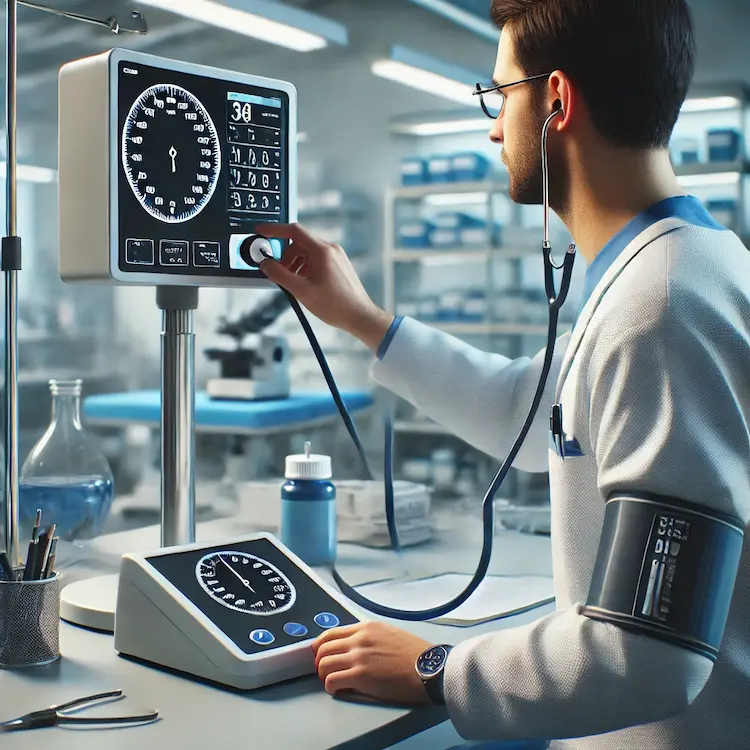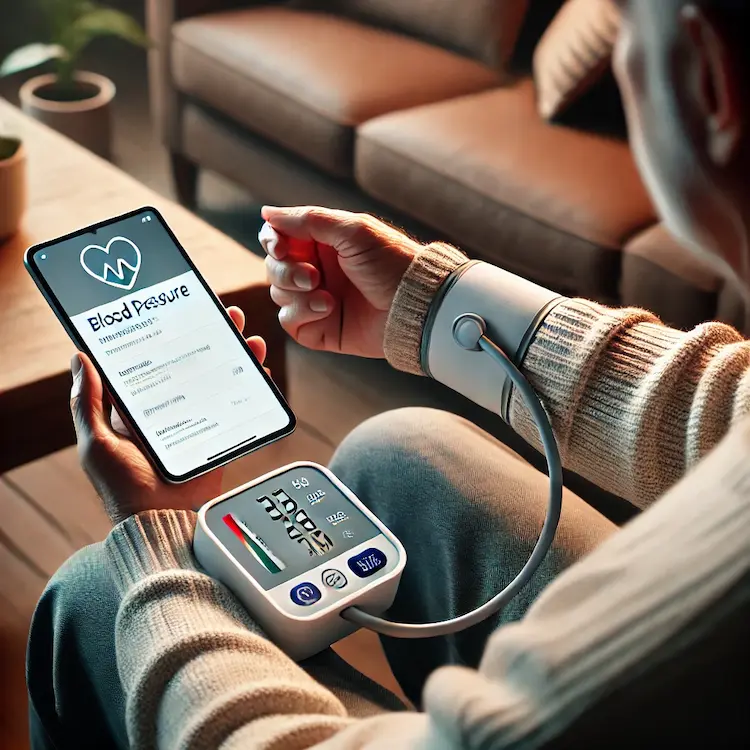Blood pressure monitors are essential tools in managing cardiovascular health. Whether you’re using a home monitor or a clinical device, Calibrating Your Blood Pressure Monitor ensures accuracy and reliability in readings. This article explores the significance of calibration, the health impacts of incorrect readings, and provides step-by-step guidance on the process.
Accuracy and Reliability:
Blood pressure monitors can lose accuracy over time due to wear and tear. Regular calibration ensures the device provides reliable readings critical for diagnosing and managing conditions like hypertension.
Health Implications:
Inaccurate readings can lead to misdiagnosis, improper medication dosages, and potential health risks such as stroke or heart disease. For instance, studies reveal that up to 15% of home monitors show discrepancies of more than 5 mmHg compared to clinical standards.
Societal Impacts:
With increasing reliance on telemedicine, self-monitoring has become common. Accurate readings are vital for patients and healthcare providers to make informed decisions remotely.

Calibration is the process of testing and adjusting a device to meet standard accuracy benchmarks. It involves comparing a monitor’s readings to a known reference value or standard.
Follow these steps to ensure your monitor is calibrated correctly:
| Method | Cost | Time Required | Accuracy | Ease of Use |
|---|---|---|---|---|
| Manual Calibration | High | Moderate | Very Accurate | Requires Skill |
| Automatic Calibration | Low | Quick | Moderate | Easy |
| Third-Party Service | Moderate | Varies | Highly Accurate | Professional Help |

Calibration is a crucial part of maintaining the reliability of blood pressure monitors. Accurate readings support better health management, avoiding risks associated with incorrect data.